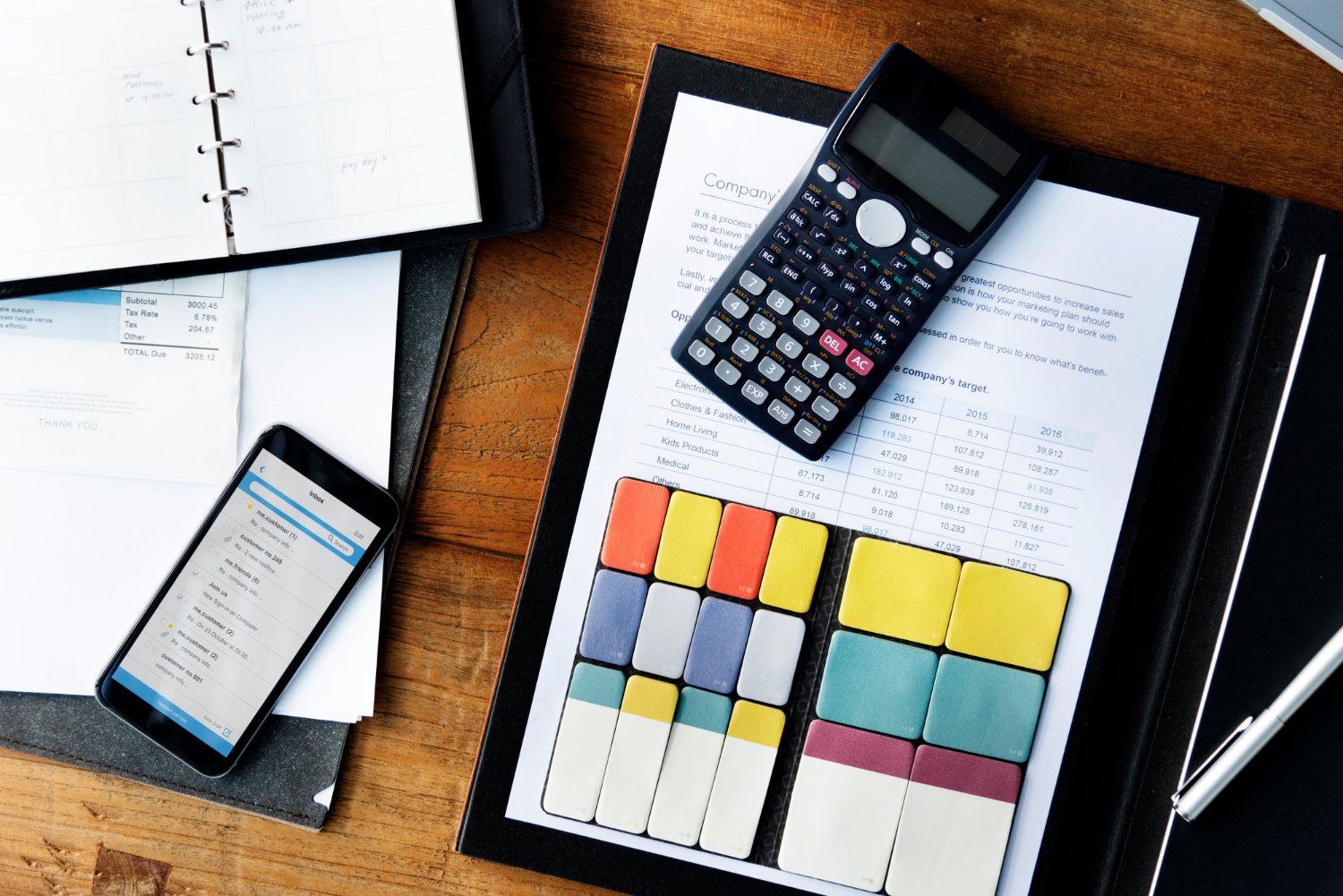Welcome, brave soul, to the wild and wacky world of small business accounting! You’re here because you’ve heard the term ‘General Ledger’ thrown around like confetti at a New Year’s Eve party and you’re wondering what on earth it means. Well, buckle up, because we’re about to embark on a thrilling, roller-coaster ride of debits, credits, and financial jargon that will leave you dizzy with excitement (or maybe just dizzy).
Now, before we dive in, let’s get one thing straight. The General Ledger isn’t some mysterious, arcane artifact guarded by a dragon in a remote mountain cave. No, it’s a fundamental part of any business’s accounting system, a record of all financial transactions that occur within a company. Think of it as the ‘Big Kahuna’ of accounting documents, the ‘Grand Poobah’ of financial records, the ‘Supreme Overlord’ of… well, you get the idea.
The Anatomy of a General Ledger
Now, let’s slice open this beast and see what’s inside. A General Ledger (GL) is made up of several different accounts, each representing a different type of transaction. These accounts are like the chapters in the thrilling novel that is your company’s financial history. Each one tells a unique part of the story, from the riveting tale of ‘Accounts Receivable’ to the heart-stopping drama of ‘Operating Expenses’.
Each account in the GL has a unique identifier, known as an account number. This isn’t just any old number, mind you. It’s a special code that helps you quickly identify the type of transaction being recorded. It’s like a secret handshake, a wink and a nod among accountants. If you know the code, you’re in the club.
Debits and Credits: The Yin and Yang of Accounting
Now, let’s talk about debits and credits. These are the two fundamental elements of any accounting transaction. They’re like the peanut butter and jelly of the accounting world, the Batman and Robin of financial records. You can’t have one without the other.
Every transaction in your GL will involve a debit to one account and a credit to another. This is based on the fundamental accounting equation: Assets = Liabilities + Equity. If you increase an asset, you must either increase a liability or equity account (credit), or decrease another asset account (debit). It’s all about balance, baby!
Chart of Accounts: The Map to Your Financial Treasure
The Chart of Accounts (COA) is like the treasure map to your GL. It’s a list of all the accounts in your GL, organized in a way that makes sense for your business. It’s like the Dewey Decimal System for your financial records. Without it, you’d be lost at sea, adrift in a sea of numbers and financial jargon.
Creating a COA is an art form in itself. It requires a deep understanding of your business and its financial needs. It’s like painting a masterpiece, but instead of using oils and canvas, you’re using numbers and spreadsheets. It’s a thing of beauty, really.
Why the General Ledger is Your Best Friend
Now, you might be thinking, “Why do I need to know all this? I’m a business owner, not an accountant!” Well, my friend, the GL is more than just a boring old accounting document. It’s a powerful tool that can help you understand your business’s financial health and make informed decisions.

Think of the GL as your business’s financial diary. It records every financial transaction that occurs within your company, from the sale of a product to the payment of a bill. By analyzing your GL, you can gain valuable insights into your business’s financial performance and identify areas for improvement. It’s like having a crystal ball that can predict your business’s financial future.
Financial Statements: The Story of Your Business
One of the most important uses of the GL is in the preparation of financial statements. These are like the cliff notes to your business’s financial story. They summarize all the information in your GL into a few key reports that provide a snapshot of your business’s financial health.
There are three main types of financial statements: the income statement, the balance sheet, and the cash flow statement. Each one tells a different part of your business’s financial story, from how much money you’re making (income statement), to what you own and owe (balance sheet), to where your cash is coming from and going to (cash flow statement).
Compliance and Auditing: Playing by the Rules
Another important use of the GL is in compliance and auditing. This is the part where we make sure you’re playing by the rules. The GL provides a detailed record of all your business’s financial transactions, which can be used to verify that you’re complying with tax laws and other regulations.
During an audit, the auditor will examine your GL to verify the accuracy of your financial statements. They’ll check that all transactions have been recorded correctly and that your business is complying with applicable accounting standards. It’s like a financial check-up, but instead of a doctor, you have an auditor, and instead of a stethoscope, they have a calculator.
Keeping Your General Ledger in Tip-Top Shape
Now that you understand the importance of the GL, let’s talk about how to keep it in tip-top shape. This involves regular maintenance and review to ensure that all transactions are recorded accurately and promptly. It’s like taking your car in for a tune-up, but instead of changing the oil, you’re reconciling accounts.
One of the most important tasks in maintaining your GL is reconciliation. This involves comparing the balances in your GL accounts with other records to ensure they match. It’s like playing a game of ‘spot the difference’, but with numbers instead of pictures. If you find any discrepancies, you’ll need to investigate and correct them. It’s like being a financial detective, solving mysteries and catching errors.
Software Solutions: Your Digital Accounting Assistant
Keeping track of all your business’s financial transactions can be a daunting task. But don’t worry, there’s help available. There are many software solutions out there that can automate much of the process, making your life a whole lot easier.
These software solutions can automatically record transactions, generate financial statements, and even help with tax preparation. It’s like having your very own digital accounting assistant, always ready to crunch numbers and balance accounts. Just remember to feed it with accurate data, or it might get cranky.
Professional Help: When to Call in the Cavalry
While it’s possible to manage your GL on your own, sometimes it’s best to call in the professionals. If your business is growing rapidly, or if you’re dealing with complex financial transactions, it might be time to hire a Certified Public Accountant (CPA).
A CPA can help you set up and maintain your GL, prepare financial statements, and ensure compliance with tax laws and other regulations. They’re like the superheroes of the accounting world, swooping in to save the day when the numbers get too overwhelming. Just remember, even superheroes need accurate information to do their job, so make sure to keep your records up to date.
Conclusion: Embracing the General Ledger
So there you have it, the General Ledger in all its glory. It’s not just a boring old accounting document, but a powerful tool that can help you understand your business’s financial health and make informed decisions. So embrace the GL, my friend. Learn its secrets, master its mysteries, and let it guide you on your journey to business success.
Remember, the GL is like a financial diary, a treasure map, a crystal ball, and a superhero all rolled into one. It’s your guide to the thrilling world of small business accounting, a journey filled with debits, credits, and financial jargon. So buckle up, hold on tight, and enjoy the ride!


